Navigating Cleanroom Standards:
A Comprehensive Guide to Organizations,
Regulations, and Associations
Introduction to General Standards Organizations for Cleanrooms and Controlled Environments
Cleanroom standards serve a vital purpose in establishing a common language and consistent testing methods, ensuring compliance with specific standards. Many organizations participate in the development of cleanroom standards, with the extent of their influence determined by the particular activities they engage in and whether those activities fall under-regulated or non-regulated domains.
This paper uncovers the essential roles and contributions of these entities in the world of cleanroom standards.
Download your free copy to learn more!👇
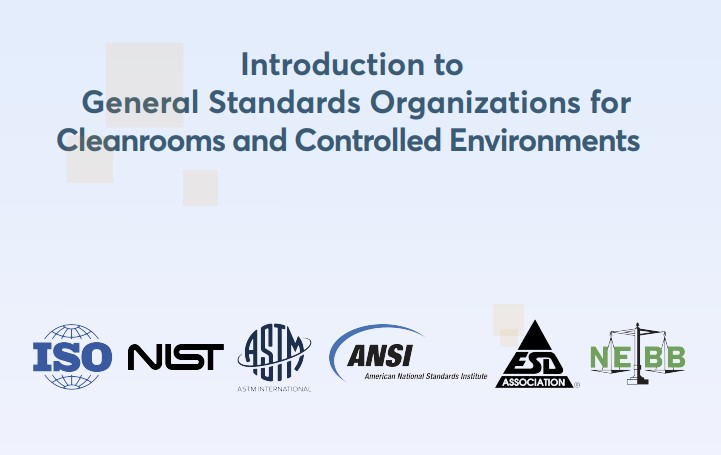
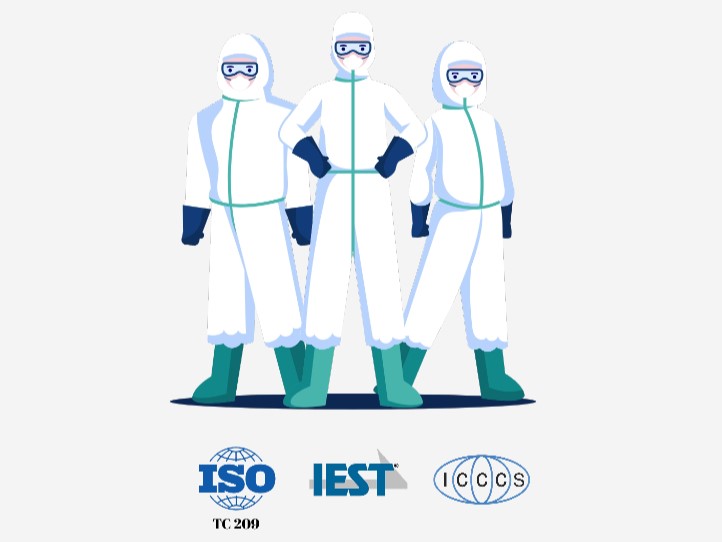
Introduction to Controlled Environment Focused Standards Organizations
When the Federal Standard 209, Airborne Particulate Cleanliness Classes in Cleanrooms and Clean Zones, was developed in the 1960’s the primary purpose was to distinguish an environment that controlled airborne viable and non-viable particles from other environments. The standards provided common terminology and testing methodologies for meeting compliance.
The Institute for Environmental Sciences and Technology (IEST) took the lead to develop these standards. IEST is a technical, nonprofit membership association focused on controlled environments. As the global economy expanded and more cleanrooms began operation internationally the need for an international standard arose.
Download your free copy to learn more! 👇
Introduction to U.S. Government Agencies: Regulations and Standards for Cleanrooms
United States government departments and agencies are responsible for formulating cleanroom standards and regulations applicable to specific sectors that employ cleanrooms, including pharmaceuticals, food production, defense, and aerospace.
These standards and regulations serve as a safeguard, ensuring the well-being and safety of both the general public and personnel within government and military sectors.
This technical paper offers an extensive overview of regulatory bodies, standards, and recommended procedures specific to cleanrooms and controlled environments in the respective domains of food (USDA), pharmaceuticals (FDA), defense (Department of Defense), and aerospace (NASA).
Download your free copy to learn more!👇
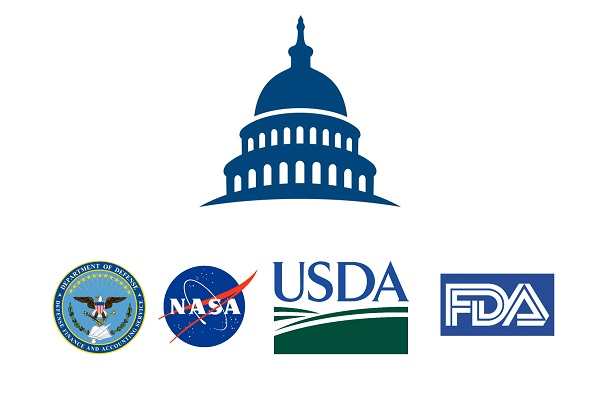
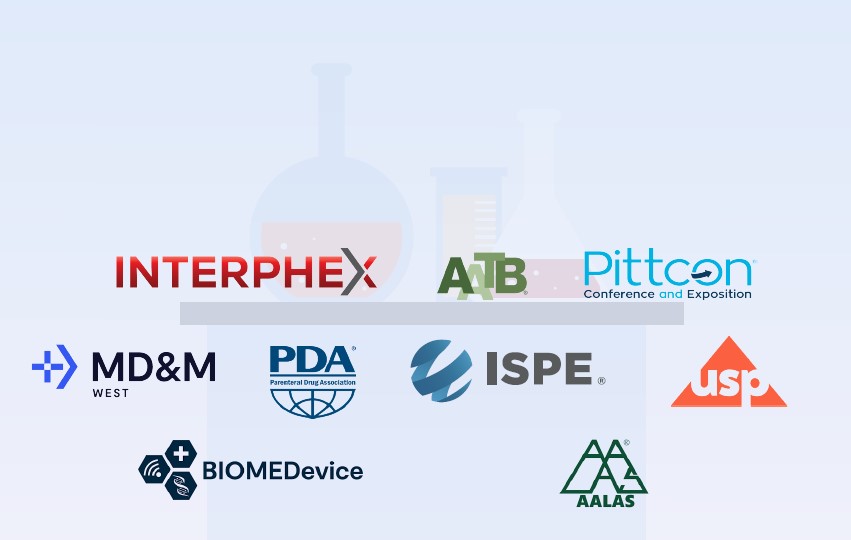
Introduction to “Life Sciences” Associations
Non-profit, scientific organizations and trade associations help create standards for research, pharmaceutical, biologic and medical devices and manufacturing.
Consult with these organizations about standards and continuing education and training that you can use to develop standard operating procedures for your cleanroom operation.
Download your free copy to learn more!👇
Introduction to Advance Material Associations
Non-profit scientific organizations and trade associations play a crucial role in establishing standards for industries such as semiconductor and electronics manufacturing, optics, automation, and computer industries.
It is advisable to seek guidance from these entities regarding industry standards and opportunities for ongoing education and training, which can be instrumental in crafting standard operating procedures for your cleanroom operations.
This technical paper spotlights those major "Advanced material" NGOs and industry trade associations.
Download your free copy to learn more!👇
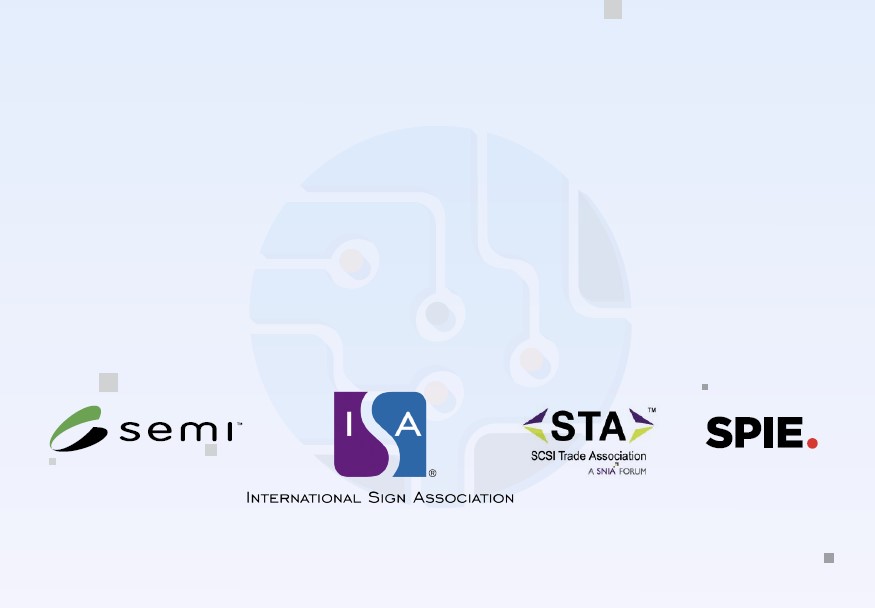
Innovative Solutions for Critical Environments